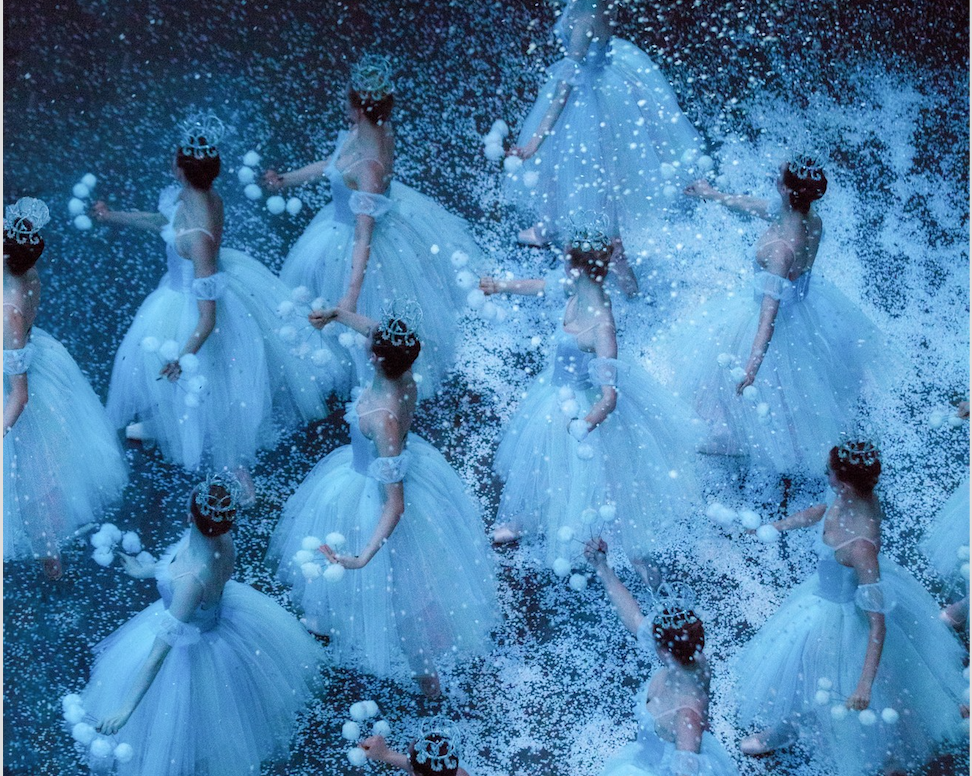“Everything is beautiful at the ballet,” people like to say, and it’s true, it is an art woven out of fantasy and improbable skill and a rarefied aesthetic that continues to inspire wonder. The most advanced C.G.I. has got nothing on the body of a dancer flying through the air on the crest of a musical wave. But such wonders are not built out of thin air. As movies and memoirs remind us, again and again, ballet is a terribly hard profession, one that requires an almost inhuman effort, implacable genetics, devotion, sacrifice. Then there are the politics of company life, the spectre of abuse by the powerful in a profession made up, in the main, of young people. (Consider the New York City Ballet’s investigation into allegations against its director, Peter Martins, who has taken a leave of absence, citing “the distraction that these false claims are creating.”) So, nothing is simple, even at the ballet.
“The Nutcracker” is like a microcosm of this world. In many ways, it’s the “gateway drug” to a lifelong love of ballet. It’s often the first work people see, as children. And for dancers, it’s often their first taste of the stage. George Balanchine’s version, for New York City Ballet, is built as a kind of stepladder to the profession: the smallest ballet students play kids in the party scene in the first act and angels in the second. If you’re lucky and good, you get to be a mouse or a toy soldier or, if you’re very, very good, a dancing polichinelle—the French diminutive for Pulcinella—in the scene with Mother Ginger. The prize, though, is to be chosen to lead the whole shebang as Marie or the Nutcracker Prince.
